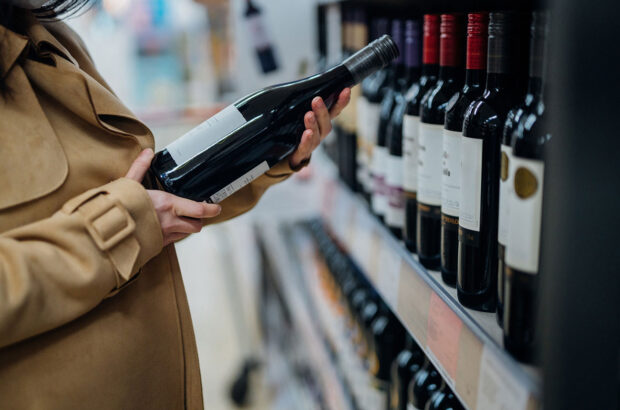A deep freeze across large swathes of North America has led to a strong harvest for Canada's Icewine producers.
A so-called ‘polar vortex’ may have led to power cuts and cancelled flights across Canada, but winemakers in the Niagara region of Ontario have reported ideal conditions for their 2013 Icewine harvest.
Its has been one of the earliest harvests on record, offering a welcome break from the previous year’s mild winter.
According to Laurie Macdonald, executive director of the VQA Ontario wine authority, the province has registered a preliminary grape haul of 6,814 tonnes, ‘which represents the largest harvest in the history of the region’.
Icewine regulations mean grapes must be left to freeze naturally on the vine at below minus eight degrees celsius. Grapes are harvested at night and pressed while still frozen.
Inniskillin winemaker Bruce Nicholson picked Cabernet Franc and Riesling Icewine grapes as early as 14 December. ‘It’s always nice to get the vinifera varieties off before Christmas due to their thinner skin,’ he told decanter.com. ‘The thicker skinned Vidal grapes can be picked later.’
Lindsay Kelm, of the British Columbia Wine Institute, said the province was closing in on a thousand tonnes of grapes picked, almost double versus last year.
Across the Atlantic, Canadian producers’ counterparts in Germany do not appear to have been so lucky. Mild temperatures, with highs of 15 degrees celsius in some areas, have spelt bad news for German Eiswein producers, according to local press reports.
Written by Emily Pearce-Bibona







